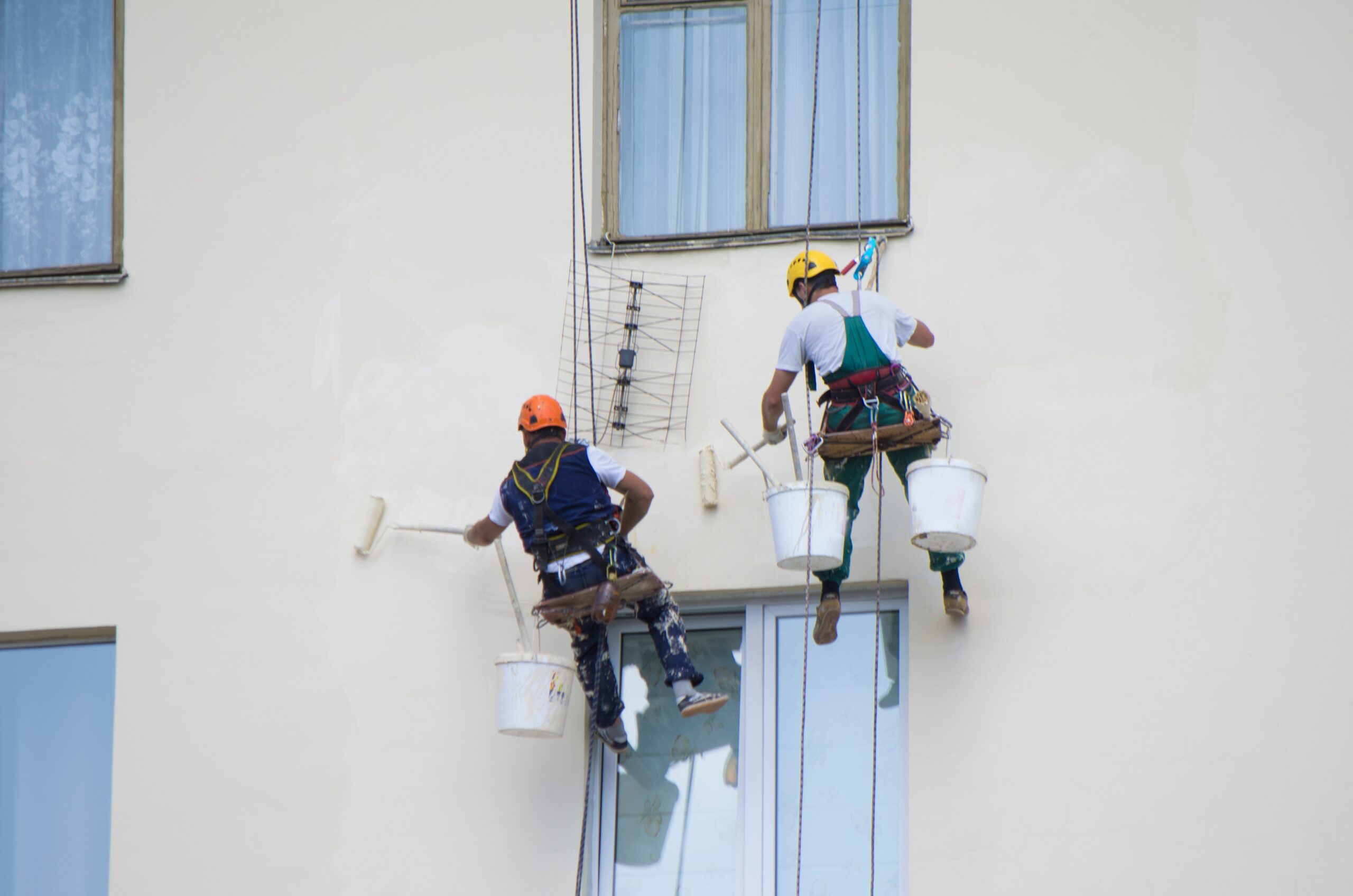Exterior paint serves as an aesthetic enhancement and a protective layer for your home’s exterior. However, several common exterior paint problems can arise, causing the paint to crack, peel, or fade. In this article, we will discuss some of the most common exterior paint problems and how to prevent or fix them.
Peeling Paint
Peeling paint is a common problem when it loses its adhesion to the surface underneath. Several factors, including moisture, poor surface preparation, or the use of low-quality paint can cause this.
To prevent peeling paint, ensure that the surface is clean, dry, and free of any loose paint or debris before applying a new coat of paint. Use high-quality paint and apply it according to the manufacturer’s instructions.
Remove any loose or flaking paint with a scraper or wire brush if you notice peeling paint. Sand the surface to create a smooth, even surface and then prime and repaint the area.
Cracking Paint
Cracking paint occurs when the paint dries too quickly, causing the surface to crack. This can also happen when the paint is applied too thickly or when the surface is exposed to extreme temperature changes.
To prevent cracking paint, apply paint in thin, even coats and allow each coat to dry completely before applying the next. Avoid painting in direct sunlight or extremely hot or cold temperatures.
If you notice cracking paint, sand the surface to remove any loose or flaking paint. Apply a high-quality primer and repaint the area, applying thin, even coats.
Blistering Paint
Blistering paint occurs when bubbles form underneath the paint film, causing it to lift and peel away from the surface. This can be caused by moisture, heat, or a chemical reaction between the paint and the surface underneath.
To prevent blistering paint, ensure the surface is clean, dry, and moisture-free before painting. Avoid painting in direct sunlight or in extremely hot or humid conditions.
Remove any loose or flaking paint with a scraper or wire brush if you notice blistering paint. Sand the surface to create a smooth, even surface and then prime and repaint the area.
Fading Paint
Fading paint occurs when the color of the paint fades due to exposure to sunlight or UV rays. This is a common problem in areas with high levels of sunlight and can be exacerbated by using low-quality paint.
To prevent fading paint, use high-quality paint that is specifically formulated for exterior use. Choose paint with UV protection or add a UV-resistant clear coat to the surface.
If you notice fading paint, the only solution is to repaint the affected area with high-quality, UV-resistant paint.
Mildew Growth
Mildew growth is a common problem in areas with high humidity or moisture levels. It appears as black or green spots on the surface of the paint.
To prevent mildew growth, ensure the surface is clean, dry, and moisture-free before painting. Use mildew-resistant paint or add a mildewcide to the paint before applying it.
If you notice mildew growth, remove it with a mildew cleaner and then rinse the surface with water. Allow the surface to dry completely before repainting the area.
The Bottomline
Exterior paint problems can occur due to various factors, including moisture, poor surface preparation, or the use of low-quality paint. By taking the necessary precautions and addressing any issues promptly, you can prevent or fix these common exterior paint problems. For best results, always use high-quality paint and follow the manufacturer’s instructions for application and care. Properly maintaining your home’s exterior paint can provide protection and aesthetic appeal for many years to come.
Amira’s Painting Ltd. is one of the best Cordova Bay house painters today. We offer commercial and residential painting in Victoria, BC. Get in touch with us.

